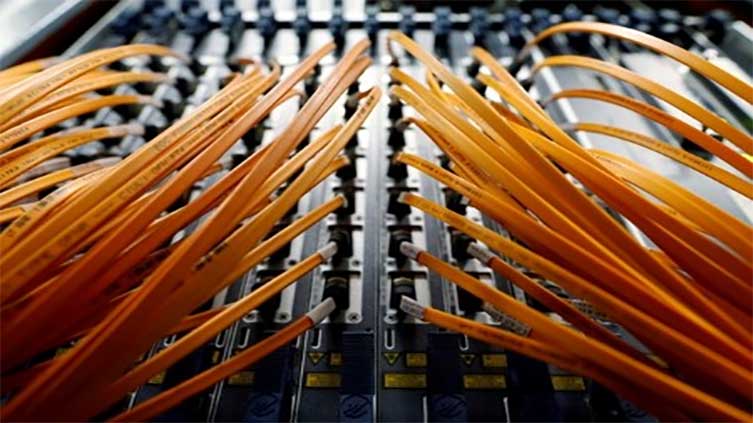Italy drafts $1.7 billion aid package for battered telecoms sector

Technology
200 million euros would go to support operators switching their lines from copper to full-fibre
MILAN (Reuters) - Italy's industry ministry is studying a set of measures worth around 1.5 billion euros ($1.65 billion) to support battered domestic telecoms firms, a draft decree seen by Reuters showed.
Italy's telecoms sector has been grappling with cut-throat price competition which has put margins under pressure in recent years, dampening its ability to fund investments needed to upgrade their infrastructure.
Under the draft, details of which were not previously fully disclosed, the ministry proposes to cut levies weighing on energy bills paid by firms deemed by the state to be of strategic importance, including telcos, for three years until 2025.
Rome is also looking to extend to strategic firms an existing tax break designed to help energy-intensive companies.
The government opted for this approach because measures focused exclusively on the telecoms sector would have risked breaching European Union rules limiting state aid.
The two measures have a combined cost of 1.2 billion euros between 2023 and 2025 and require a green light from the European Commission to become effective, the draft showed.
A further 200 million euros would go to support operators switching their lines from copper to full-fibre, a measure that would mainly benefit former phone monopoly Telecom Italia (TIM).
Some 145 million euros are expected to fund plans to allow early retirement of older workers in the industry with the aim of hiring younger ones.
The industry ministry was not immediately available for comment.
The decree needs to be approved by the cabinet meeting to enter into force and it is therefore still subject to changes.
As part of the package, the draft also envisages raising limits on electromagnetic emissions which mobile telecoms operators complain are too low in Italy compared with other European countries, adding further costs in the rollout of 5G networks.
Under the proposal, the electromagnetic limit could be raised to 30 volts per metre in the busiest areas, compared with the current 6 volt limit.


